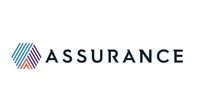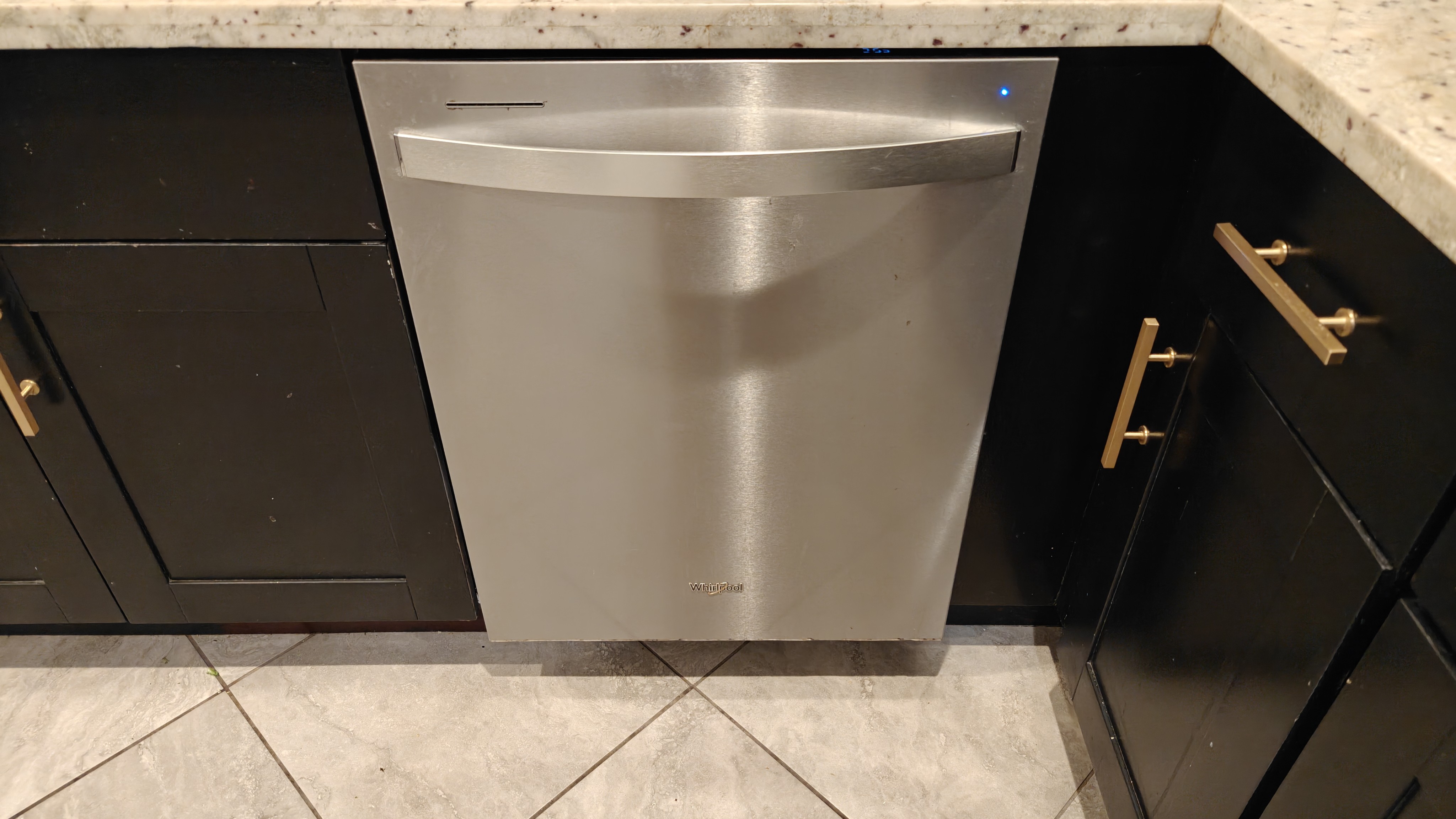Prescription drug coverage with Medicare Part D
The Medicare option that will help you with prescription drug charges
What is Medicare Part D?
Medicare Part D is one of four parts that make up the Medicare program. It offers assistance with the cost of prescription drug charges, and is available as a stand-alone coverage option, or as a prescription drug benefit added to a Medicare Advantage Prescription Drug Plan.
Who is eligible for Medicare Part D?
Not everybody is eligible for Medicare Part D. Potential customers must meet certain criteria to enrol in a Medicare Part D plan. For example, there are some of the qualifying categories:
- You are aged 65 or older
- You have a qualifying disability for which you have been receiving Social Security Disability Insurance (SSDI) for more than 24 months
- You have been diagnosed with End-Stage Renal Disease (permanent kidney failure requiring a kidney transplant or dialysis)
- You are entitled to Medicare Part A and/or enrolled in Medicare Part B
Who should enrol in Medicare Part D?
If you qualify and are eligible, you should enrol for Medicare Part D. So you should enroll in a Medicare prescription drug plan if:
- You use prescription drugs on a regular basis
- You think you may need prescription drugs in the future
- You do not have an existing prescription drug plan as good as Medicare’s
- You are worried about increasing prescription drug costs
- You are having trouble paying for your prescription drugs
What are the costs of Medicare Part D plans?
Not all Medicare Part D plans have the same pricing structures, and monthly premiums can differ widely. Most plans work on a cost-sharing basis, so some of the cost is paid by the company providing the plans and some is paid by the customer.
When weighing up which plan is most likely to work best for you, think about the likely out-of-pocket expenses your medical treatments are going to entail. If you have a lot of prescriptions to fill on a regular basis, it’s often worth paying a higher monthly premium so that your co-pay costs are lower. If you don’t use and don’t expect to use many prescription drugs in the near future, then lower premiums with higher co-pays are probably the way forward.
Drug costs and formularies
Your our of pocket expenses and co-pay amounts will vary a lot depending on what type of drugs you might need. The drugs evaluated for Medicare Part D plans are done in five tiers.
Tiers 1 and 2 are drugs that fall within ‘regular’ usage and are commonly purchased by many people. These often have very low to zero amount co-pays, depending on the specific plan bought by the customer.
Sign up to receive the latest news, reviews, buying guides and deals direct to your inbox
Tiers 3, 4 and 5 are more expensive, often specialist drugs and so their use should be weighed up before commenting to a Part D plan. Again, if a customer is having to buy a lot of Tier 3-5 drugs, on a regular basis, then it’s worth paying a higher monthly premium to have these copay costs brought down.
The stages of Medicare Part D coverage
There are four stages of Medicare Part D coverage, and it’s important to haver basic understanding of what these are when buying a Part D plan.
The Annual Deductible Stage
This begins with the first prescription of the calendar year. Here you pay the full cost of your drugs until the deductible has been reached. Many plans have no deductibles in this stage for drugs on Tiers 1 and 2, which include many generic and everyday drugs.
The Initial Coverage Stage
This stage begins after a customer reaches their deductible. If their plan has no deductible, then of course this is the first stage of their plan. It is at this stage that cost sharing begins, which means that customers co-pay for their drugs until they reach their plan’s initial coverage limit.
The Coverage Gap Stage
This stage begins after total drug costs have reached $4,020 (amount for 2020). You exit the Coverage Gap stage when total out-of-pocket costs (except for premiums) have reached $6,350 (again for 2020). Out-of-pocket costs include the annual deductible, as well as copayments or coinsurance. Additional coverage can usually be taken out to cover this gap.
The Catastrophic Coverage Stage
Customers enter this stage after out-of-pocket costs have reached $6,350 (for 2020). During this stage, customers usually pay a low co-payment.
Choosing a Medicare Part D plan
To recap, here are the things to think about when weighing up Part D plans:
- Look into all aspects of the plan’s costs. This includes the premium (amount paid every month), deductible (amount paid before the plan starts to share costs), co-pay (fixed amount paid for prescription drugs after the deductible is met), and co-insurance (fixed percentage paid for prescription drugs after the deductible is met).
- Check the plan’s formulary before enrolling to make sure your prescription drugs are covered.
- If a customer has a pharmacy that is convenient or one that is preferred, check whether the pharmacy is in a plan’s pharmacy network. In addition, some plans have preferred pharmacies within their networks with lower costs for prescription drugs.
- Finally, the state of a customer’s health should be a major factor when choosing. Ongoing, pre-existing conditions (such as diabetes) will play a large part in assessing which plans make the most financial sense.
- What is Medicare?
- Best health insurance companies
- Best dental insurance
- Best life insurance
- Best vision care insurance

There are few things more important than your health. That's why Assurance is designed to find the best Medicare Part D insurance plans designed for you and your family. Start your search for a plan at Assurance.
Paul Oswell is a US-based freelance writer for the Guardian, Daily Telegraph, The Sunday Times and more. While working for Top Ten Reviews, Paul has written about a broad range of subjects, but many of these concern money and tax. You'll find his bylines on articles from tax software to payday loans to create your own Will software.


